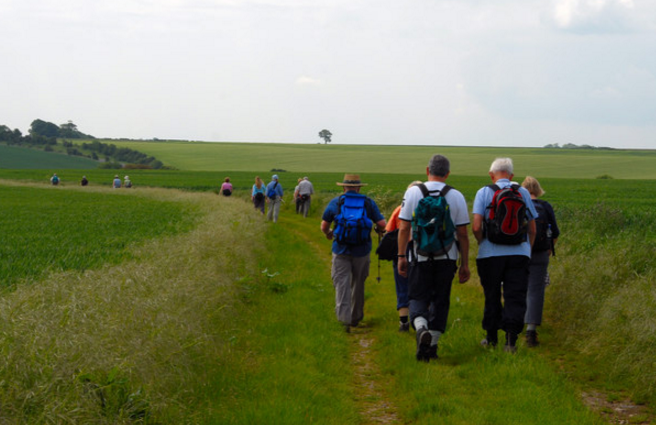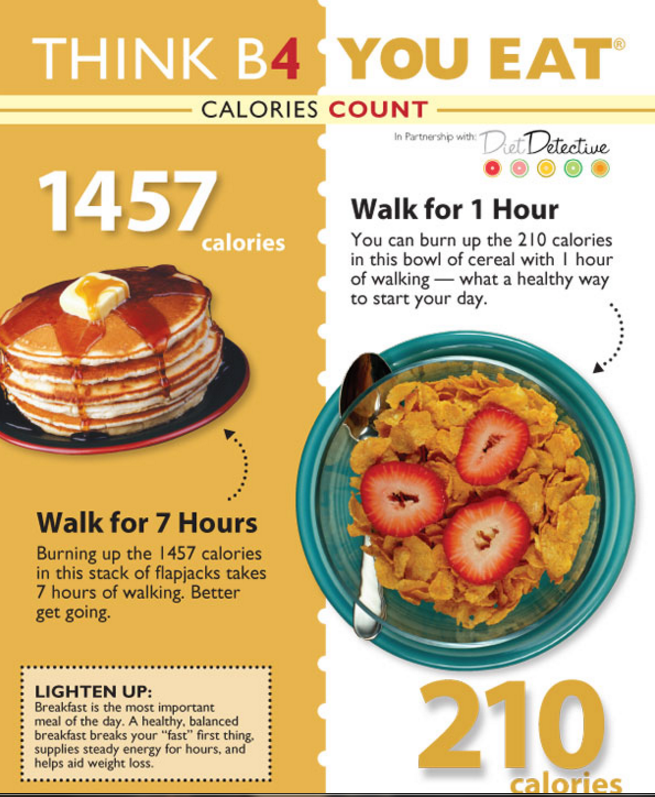Most cervical cancer is caused by a virus called human papillomavirus, or HPV. … But sometimes it can cause genital warts or lead to cervical cancer. That’s why it’s important for women to have regular Pap tests. A Pap test can find changes incervical cells before they turn into cancer.
Information follows on the HPV vaccine recommendations:

Q: How common are HPV infections?
A: HPV infections are so common that nearly all men and women will get at least one type of HPV at some point in their lives. Most people never know that they have been infected and may give HPV to a sex partner without knowing it. About 79 million Americans are currently infected with some type of HPV. About 14 million people in the United States become newly infected each year.
Q: What kinds of problems does HPV infection cause?
A: Most people with HPV never develop symptoms or health problems. Most HPV infections (9 out of 10) go away by themselves within two years. But, sometimes, HPV infections will last longer, and can cause certain cancers and other diseases. HPV infections can cause:
- cancers of the cervix, vagina, and vulva in women;
- cancers of the penis in men; and
- cancers of the anus and back of the throat, including the base of the tongue and tonsils (oropharynx), in both women and men. Every year in the United States, HPV causes 30,700 cancers in men and women.
Q: How do people get an HPV infection?
A: People get HPV from another person during intimate sexual contact. Most of the time, people get HPV from having vaginal and/or anal sex. Men and women can also get HPV from having oral sex or other sex play. A person can get HPV even if their partner doesn’t have any signs or symptoms of HPV infection. A person can have HPV even if years have passed since he or she had sexual contact with an infected person. Most people do not realize they are infected. They also don’t know that they may be passing HPV to their sex partner(s). It is possible for someone to get more than one type of HPV.
It’s not very common, but sometimes a pregnant woman with HPV can pass it to her baby during delivery. The child might develop recurrent respiratory papillomatosis (RRP), a rare but dangerous condition where warts caused by HPV (similar to genital warts) grow inside the throat.
There haven’t been any documented cases of people getting HPV from surfaces in the environment, such as toilet seats. However, someone could be exposed to HPV from objects (toys) shared during sexual activity if the object has been used by an infected person.
Q: Who should get HPV vaccine?
A: All girls and boys who are 11 or 12 years old should get the recommended series of HPV vaccine. The vaccination series can be started at age 9 years. Teen boys and girls who did not get vaccinated when they were younger should get it now. HPV vaccine is recommended for young women through age 26, and young men through age 21. HPV vaccine is also recommended for the following people, if they did not get vaccinated when they were younger:
- young men who have sex with men, including young men who identify as gay or bisexual or who intend to have sex with men through age 26;
- young adults who are transgender through age 26; and
- young adults with certain immunocompromising conditions (including HIV) through age 26.
Q: Why are two doses recommended for 9–14 year olds, while older adolescents need three doses?
A: Since 2006, HPV vaccines have been recommended in a three-dose series given over six months. In 2016, CDC changed the recommendation to two doses for persons starting the series before their 15th birthday. The second dose of HPV vaccine should be given six to twelve months after the first dose. Adolescents who receive their two doses less than five months apart will require a third dose of HPV vaccine.
Teens and young adults who start the series at ages 15 through 26 years still need three doses of HPV vaccine Also, three doses are still recommended for people with certain immunocompromising conditions aged 9 through 26 years.
CDC makes recommendations based on the best available scientific evidence. Studies have shown that two doses of HPV vaccine given at least six months apart to adolescents at age 9–14 years worked as well or better than three doses given to older adolescents and young adults. Studies have not been done to show this for adolescents starting the series at age 15 years or older.
Q: Why is HPV vaccine recommended at age 11 or 12 years?
A: For HPV vaccine to be most effective, the series should be given prior to exposure to HPV. There is no reason to wait to vaccinate until teens reach puberty or start having sex. Preteens should receive all recommended doses of the HPV vaccine series long before they begin any type of sexual activity.
Q: How well does HPV vaccine work?
A: HPV vaccines work extremely well. Clinical trials showed HPV vaccines provide close to 100% protection against cervical precancers and genital warts. Since the first HPV vaccine was recommended in 2006, there has been a 64% reduction in vaccine-type HPV infections among teen girls in the United States. Studies have shown that fewer teens are getting genital warts and cervical precancers are decreasing. In other countries, such as Australia, where HPV vaccination coverage is higher than in the United States, large decreases have been observed in these HPV-associated outcomes. HPV vaccines offer long-lasting protection against HPV infection and HPV disease. There has been no evidence to suggest that HPV vaccine loses any ability to provide protection over time. Data are available for about 10 years of follow-up after vaccination.
Like all vaccines, HPV vaccine is monitored on an ongoing basis to make sure it remains safe and effective. If it turns out that protection from HPV vaccine is not long-lasting, then the Advisory Committee on Immunization Practices would review the data and determine whether a booster dose would be recommended.
Even if it has been months or years since the last shot, the HPV vaccine series should be completed—but they do not need to restart the series.
HPV vaccine is recommended based on age, not sexual experience. Even if someone has already had sex, they should still get HPV vaccine. Even though a person’s first HPV infection usually happens during one of the first few sexual experiences, a person might not be exposed to all of the HPV types that are covered by HPV vaccines.
Q: Does HPV vaccination offer similar protection from cervical cancer in all racial/ethnic groups?
A: Yes. Several different HPV types cause cervical cancer. HPV vaccines are designed to prevent the HPV types that cause most cervical cancers, so HPV vaccination will provide high protection for all racial/ethnic groups.
All three licensed HPV vaccines protect against types 16 and 18, which cause the majority of cervical cancers across racial/ethnic groups (67% of the cervical cancers among whites, 68% among blacks, and 64% among Hispanics). The 9-valent HPV vaccine protects against seven HPV types that cause about 80% of cervical cancer among all racial/ethnic groups in the United States.
Teens and young adults who haven’t completed the HPV vaccine series should make an appointment today to get vaccinated. To protect against cervical cancer, women age 21–65 years should get screened for cervical cancer at regular intervals and get follow-up care as recommended by their doctor or nurse.
Q: How do we know that the HPV vaccine is safe?
A: The United States currently has the safest, most effective vaccine supply in history. Years of testing are required by law to ensure the safety of vaccines before they are made available for use in the United States. This process can take ten years or longer. Once a vaccine is in use, CDC and the Food and Drug Administration (FDA) monitor any associated side effects or possible side effects (adverse events) through the Vaccine Adverse Event Reporting System and other vaccine safety systems.
All three HPV vaccines—Cervarix®, Gardasil®, and Gardasil® 9—went through years of extensive safety testing before they were licensed by FDA. Cervarix® was studied in clinical trials with more than 30,000 females. Gardasil® trials included more than 29,000 females and males, and Gardasil® 9 trials included more than 15,000 females and males. No serious safety concerns were identified in these clinical trials. FDA only licenses a vaccine if it is safe, effective, and the benefits outweigh the risks. CDC and FDA continue to monitor HPV vaccines to make sure they are safe and beneficial for the public.
Q: What are the possible side effects of HPV vaccination?
A: Vaccines, like any medicine, can have side effects. Many people who get HPV vaccine have no side effects at all. Some people report having very mild side effects, like a sore arm. The most common side effects are usually mild. Common side effects of HPV vaccine include:
- Pain, redness, or swelling in the arm where the shot was given
- Fever
- Headache or feeling tired
- Nausea
- Muscle or joint pain
Brief fainting spells and related symptoms (such as jerking movements) can happen after any medical procedure, including vaccination. Sitting or lying down while getting a shot and then staying that way for about 15 minutes can help prevent fainting and injuries caused by falls that could occur from fainting.
On very rare occasions, severe (anaphylactic) allergic reactions may occur after vaccination. People with severe allergies to any component of a vaccine should not receive that vaccine.
HPV vaccine does not cause HPV infection or cancer. HPV vaccine is made from one protein from the virus, and is not infectious, meaning that it cannot cause HPV infection or cancer. Not receiving HPV vaccine at the recommended ages can leave one vulnerable to cancers caused by HPV.
There are no data that suggest getting HPV vaccine will have an effect on future fertility for women. In fact, getting vaccinated and protecting against HPV-related cancers can help women and families have healthy pregnancies and healthy babies.
Not getting HPV vaccine leaves people vulnerable to HPV infection and related cancers. Treatments for cancers and precancers might include surgery, chemotherapy, and/or radiation, which might cause pregnancy complications or leave someone unable to have children.
Q: Why is this vaccine not mandatory for school entry?
A: Each state determines which vaccines are required for school entry. Many factors are taken into consideration before requiring any vaccine for school entry, including: community support for the requirement, financial resources needed to implement the requirement, burden on school personnel for enforcing the requirement, vaccine supply, and current vaccination coverage levels.
Since almost every state requires Tdap (tetanus, diphtheria, and acellular pertussis vaccine) for middle school entry, parents can use this visit to the doctor to get the first HPV and quadrivalent meningococcal conjugate vaccines for their preteen at the same time.
Q: How can someone get help paying for HPV vaccine?
A: The Vaccines for Children (VFC) program helps families of eligible children who might not otherwise have access to vaccines. The program provides vaccines at no cost to children ages 18 years and younger who are uninsured, Medicaid-eligible, or American Indian/Alaska Native. To learn more, see VFC program.
http://www.webmd.com/cancer/cervical-cancer/cervical-cancer-topic-overview
https://www.cdc.gov/hpv/parents/questions-answers.html







